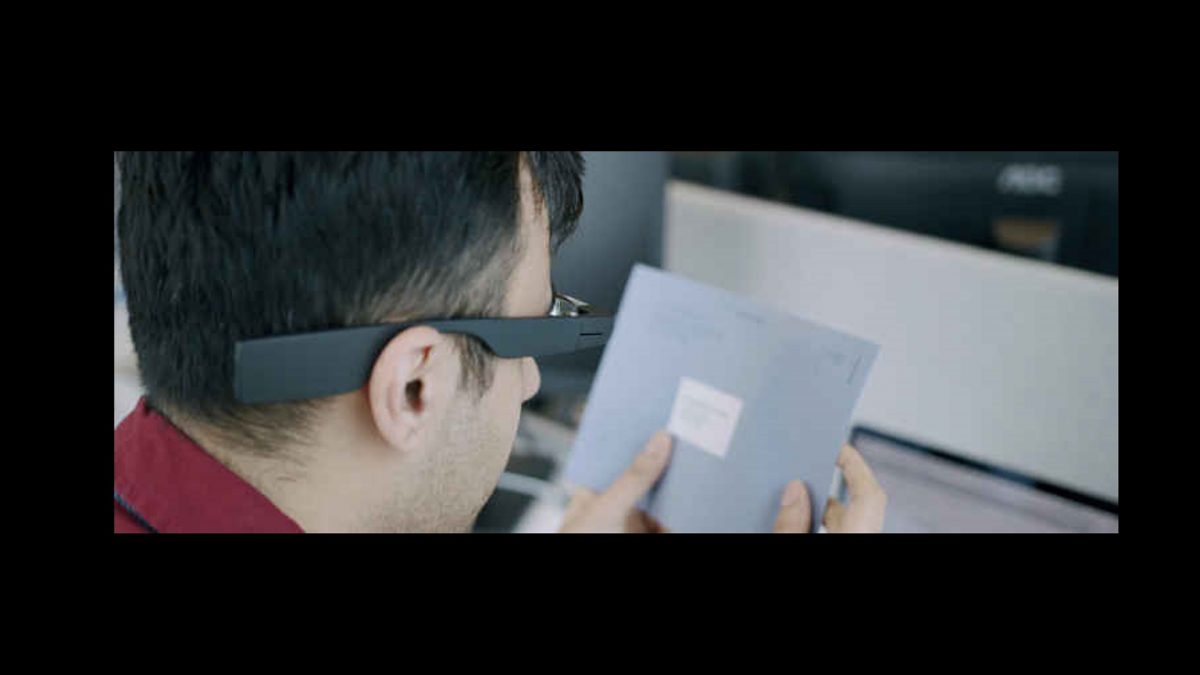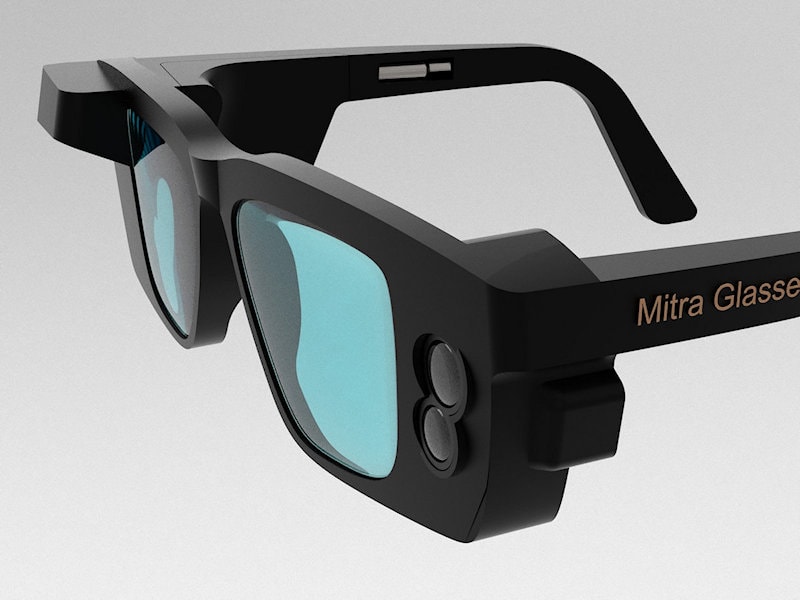OCR Devices for the Blind: Breaking Barriers with Optical Character Recognition
Enhancing Access Via Assistive Innovation for the Blind
The combination of assistive technology for the blind represents a crucial improvement in accessibility, fundamentally changing how people navigate their settings and engage with culture. From screen viewers to ingenious smart walking canes, these tools not just improve independence yet likewise advertise inclusivity in different spheres of life. As we discover the diverse sorts of assistive tools and their substantial influence on daily living, it comes to be vital to examine how ongoing technical improvements are reshaping the landscape of support for the blind community. What implications do these growths hold for the future of availability?
Overview of Assistive Innovation
Assistive technology refers to an array of devices and software application made to enhance the capabilities of individuals with specials needs, consisting of those that are aesthetically damaged or blind. This modern technology plays an important duty in advertising freedom and enhancing the lifestyle for customers. By offering different approaches for accessing information and performing day-to-day jobs, assistive innovation equips individuals to navigate their settings better.
The advancement and implementation of assistive technology welcome a range of principles targeted at cultivating access. These concepts consist of user-centered style, which prioritizes the demands and choices of the individual, and the assimilation of innovation into day-to-day tasks. Such improvements guarantee that assistive tools are not just functional yet likewise intuitive and very easy to utilize.
Additionally, assistive technology incorporates a diverse range of services, from low-tech alternatives like magnifiers to state-of-the-art developments such as display visitors and Braille displays. The recurring development of this area is driven by the requirement to resolve the distinct challenges faced by individuals with aesthetic disabilities (Wearable technology for low vision). As modern technology continues to breakthrough, the capacity for boosting accessibility and advertising inclusivity continues to be promising, inevitably contributing to a much more fair society

Sorts Of Assistive Devices
Many kinds of assistive devices are offered to sustain individuals that are blind or visually damaged, each designed to attend to details needs and difficulties. These tools can be broadly categorized into three primary kinds: low-tech, mid-tech, and high-tech services.
Low-tech gadgets consist of things such as magnifiers, Braille labels, and tactile maps. These are relatively easy devices that boost the customer's ability to engage with their setting without requiring complicated technology.
Mid-tech gadgets often involve much more sophisticated features, such as electronic magnifiers and mobile Braille note-takers. These tools can offer capabilities like speech result, permitting users to access details extra efficiently.

Effect On Daily Living
The availability of numerous assistive devices dramatically improves the top quality of life for individuals that are visually damaged or blind, impacting their day-to-day living in profound methods. By incorporating innovations such as display readers, Braille displays, and audio description services right into their routines, users get better autonomy and self-reliance. These tools help with accessibility to info, allowing people to do everyday jobs, such as checking out e-mails, browsing public spaces, and appreciating media content.
Additionally, assistive tools empower individuals to engage even more totally in social interactions and community activities. The capacity to make use of smartphones geared up with access features enables seamless communication and link with others. This connection cultivates a sense of belonging and decreases feelings of seclusion.
In specialist setups, assistive technology supports productivity by enabling people to full work tasks effectively. Devices like voice acknowledgment software program and specialized magnification devices allow individuals to join the labor force on equivalent ground with their sighted peers.

Developments in Innovation
Current technical developments have actually significantly transformed the landscape of devices readily available for people that are visually damaged or blind. The assimilation of expert system (AI) and equipment understanding has actually generated applications that enhance navigating and item recognition. Smartphone applications can now utilize AI to recognize and define surroundings in real-time, giving customers with useful contextual info.
In addition, innovations in haptic modern technology have brought about the growth of smart walking sticks geared up with sensors that identify challenges and offer responsive comments. This empowers individuals to navigate their atmosphere with increased self-confidence and self-reliance. Technologies in text-to-speech software and braille display screens have my link enhanced the access of digital web content, allowing for smooth interaction with different media.
Wearable innovations, such as clever glasses, are additionally making strides in helping aesthetic problems. As modern technology proceeds to evolve, the potential for even more transformative tools remains on the horizon.
Future Trends and Innovations
As technology swiftly advances, the future of assistive devices for individuals that are blind holds enormous assurance. Advancements in expert system (AI) and artificial intelligence are poised to change the method blind customers communicate with their settings. AI-driven applications are being established to boost item recognition, permitting users to recognize and browse their surroundings with greater convenience and accuracy.
Moreover, improvements in haptic responses technology are allowing the production of tactile maps and navigation aids that supply real-time details through touch. These developments not just boost mobility but likewise foster self-reliance. In addition, wearable tools equipped with augmented truth (AR) functions are arising, supplying customers aesthetic information through audio descriptions, thus connecting the space between the digital and physical worlds.
In addition, the assimilation of clever home technology presents new opportunities for availability, enabling individuals to manage their living atmospheres with voice commands or mobile phone applications. As partnership between tech developers and the blind community continues, the concentrate on user-centered style will make sure that future advancements are customized to fulfill the one-of-a-kind demands of this populace (Wearable technology for low vision). The trajectory of assistive modern technology promises a more empowering and inclusive future for people that are blind
Verdict
Finally, assistive technology plays a critical duty in boosting accessibility for people with aesthetic problems. The diverse array of tools, including screen viewers and wise canes, significantly boosts everyday living and fosters freedom. Constant advancements in modern technology and user-centered style guarantee that these devices cater effectively to the one-of-a-kind requirements of the blind community. As advancements progress, raised inclusivity and empowerment can be expected, ultimately improving the quality of life for those influenced by visual problems.
The combination of assistive modern technology for the blind represents a critical advancement in ease of access, basically altering exactly how Click This Link people browse their environments and engage with society.Assistive modern technology refers to a range of devices and software application made to enhance the capabilities view it now of individuals with specials needs, consisting of those who are blind or visually impaired. Wearable technology for low vision.As modern technology swiftly progresses, the future of assistive tools for individuals who are blind holds enormous pledge. The trajectory of assistive modern technology assures a more inclusive and empowering future for individuals who are blind
In final thought, assistive innovation plays a critical duty in boosting accessibility for individuals with visual impairments.